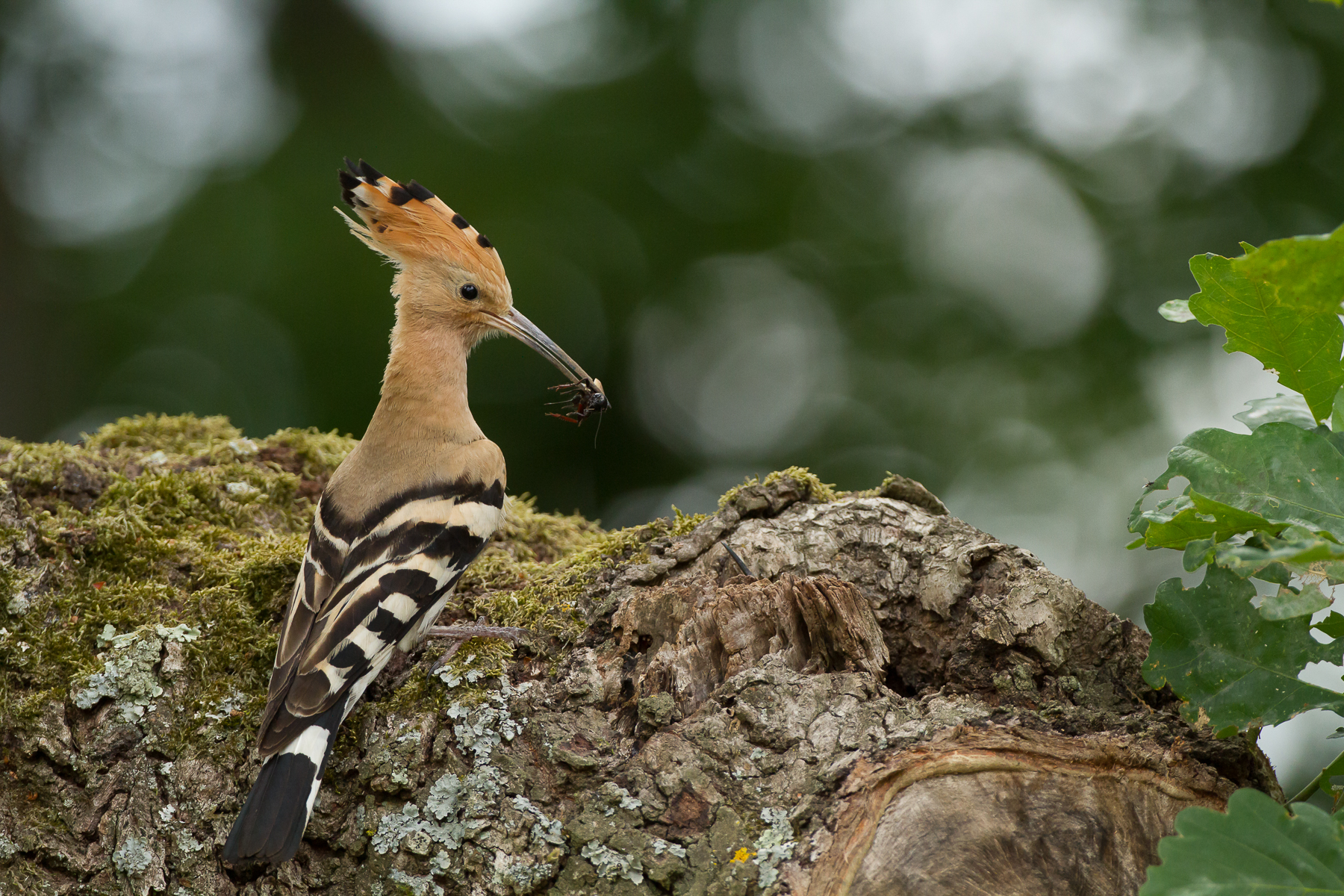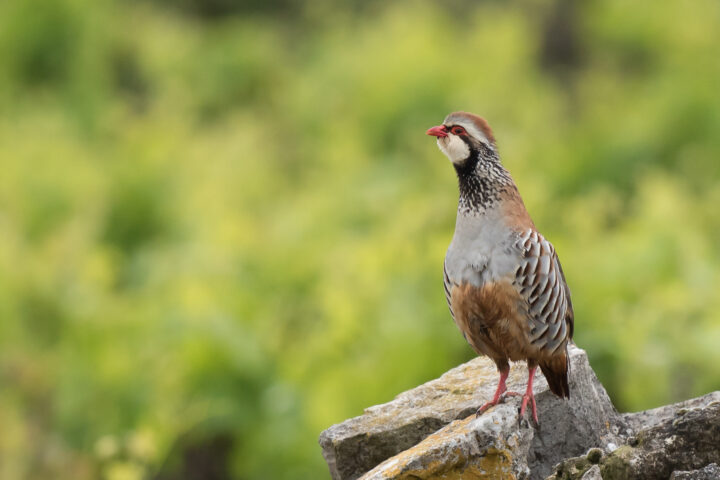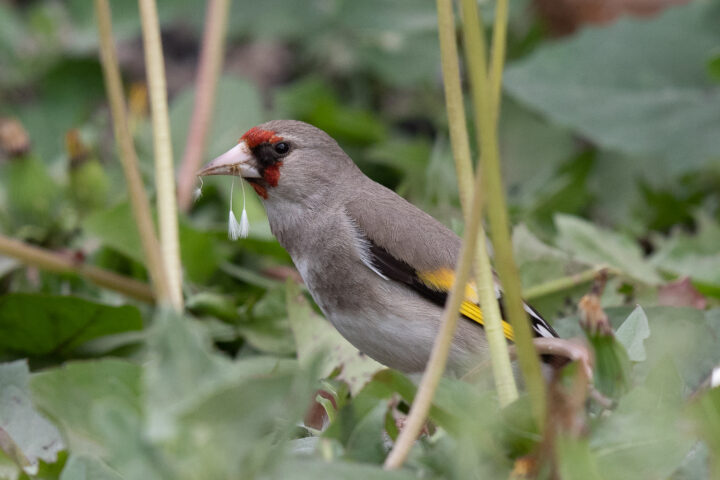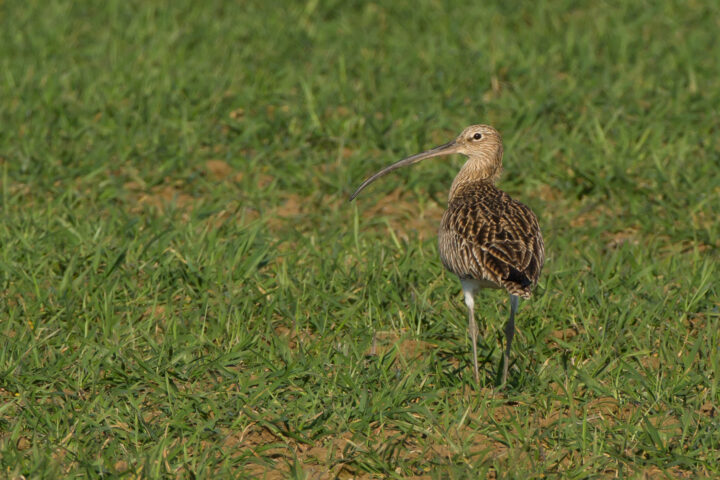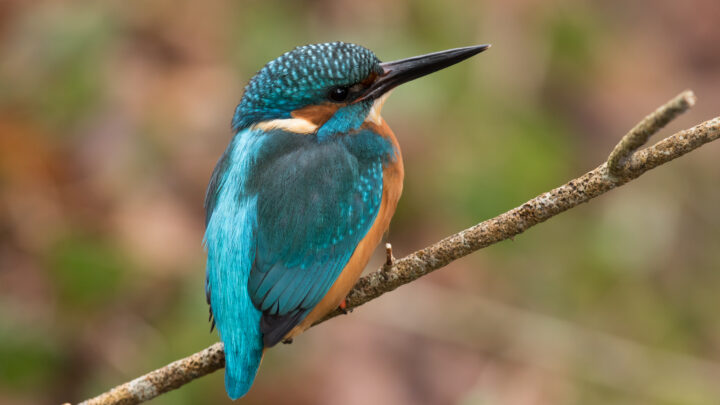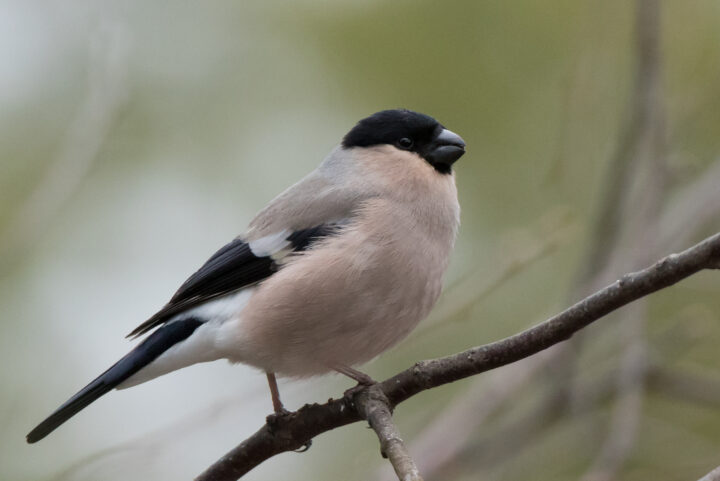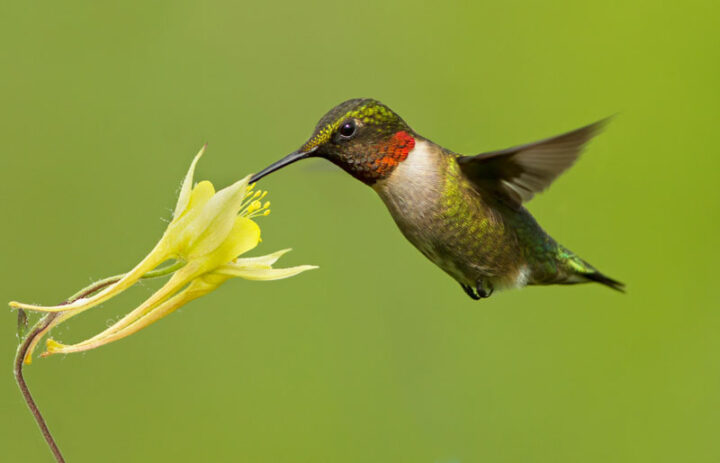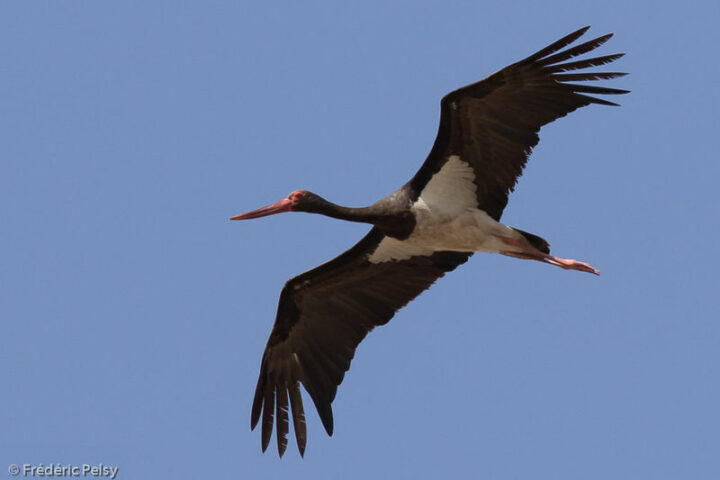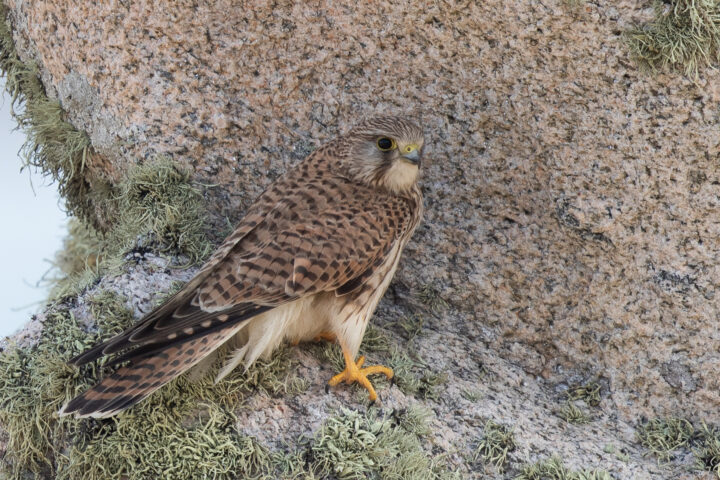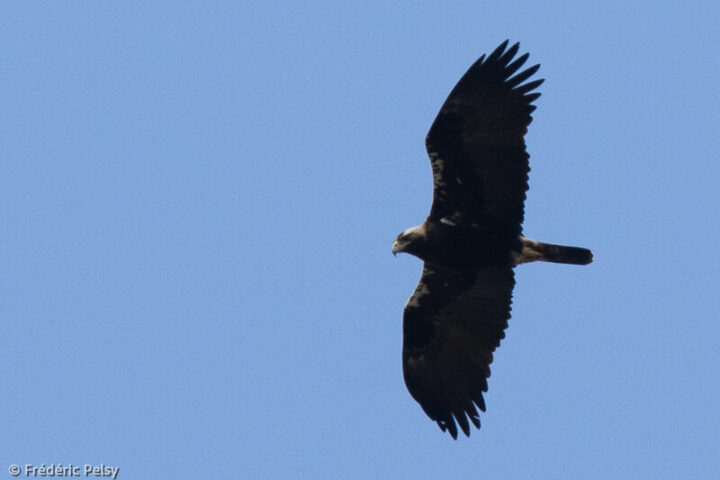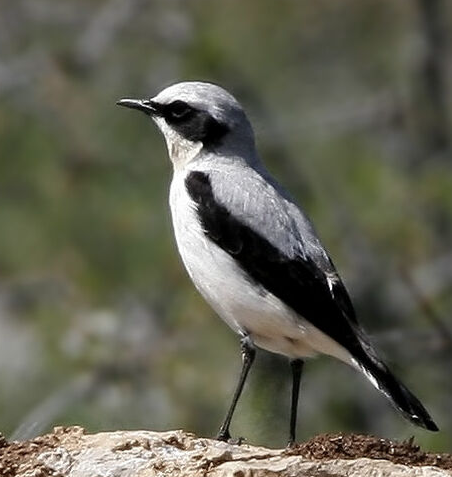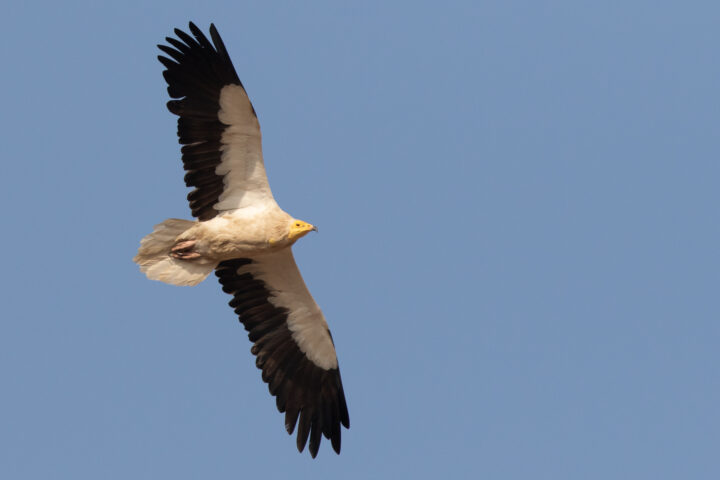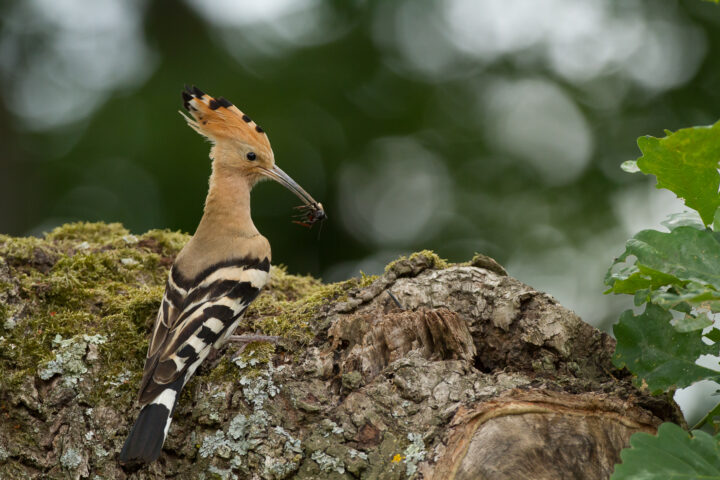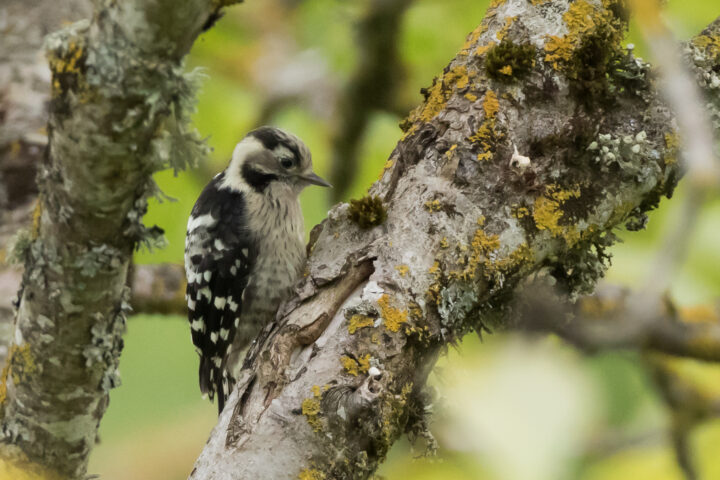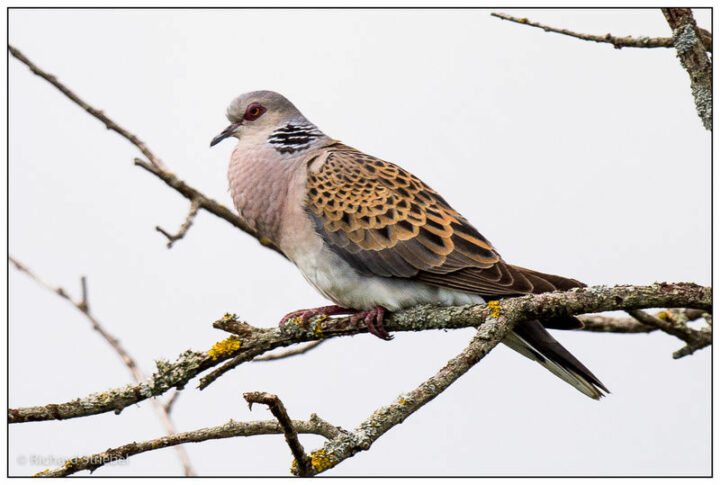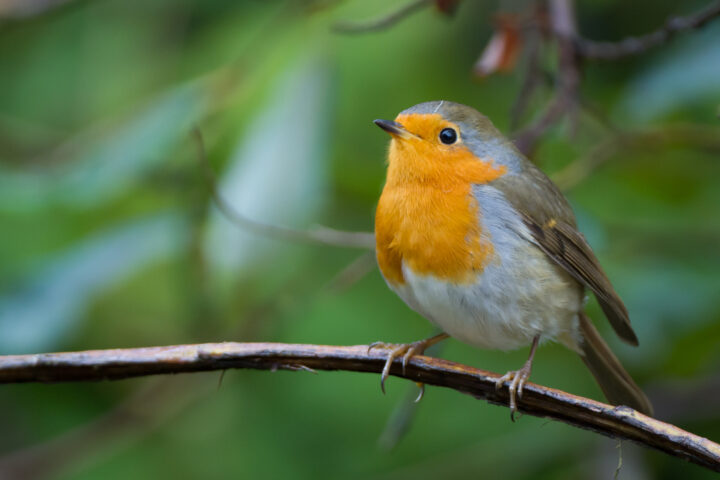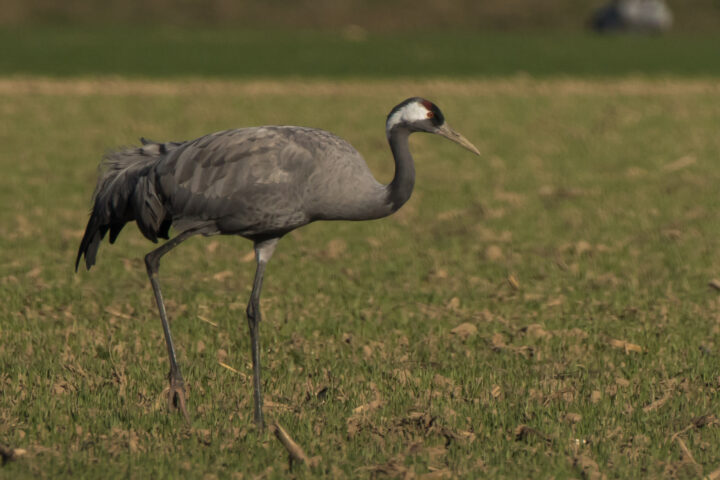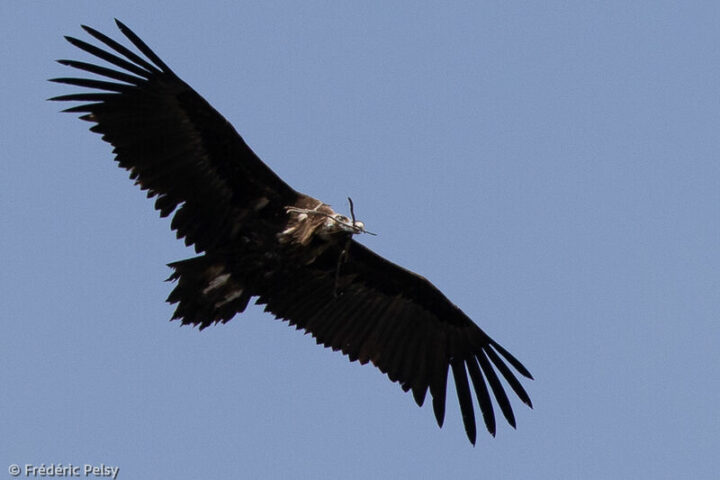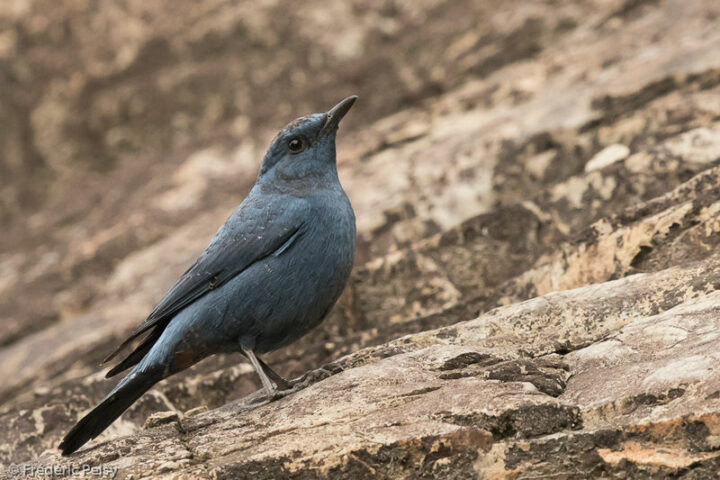EUrasian Hoopoe
Upupa epops
Classification
- Order: Bucerotiformes
- Family : Upupidae
- Genus : Upupa
- Species : epops
Binomial name
- Linnaeus, 1758
biometrics
- Size : 32 cm
- Wingspan : 42 to 46 cm
- Weight : 55 to 80 g
Longevity
- 11 years
Distribution
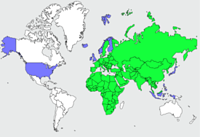
Vocalisation
The scream is quite typical and is part of the soundscape of many a countryside in spring. It consists of three equal notes repeated rapidly and can be translated as “woupwoupwoup”. The phrase is repeated at intervals of a few seconds for a time that can last a minute or more.
As much as the song can be described as pleasant, some of its calls are unpleasant to the human ear. The most classic call, which is the alarm call when entering the territory, is a rough “waaahhrrr” that evokes a distant cry of an Ash Heron or a crow. Otherwise, we also note whistled calls like turdidae, a dry rattle of concern and various other calls, in particular of the couple in its intimacy.
IUCN CONSERVATION STATUS

Share
IDENTIFICATION
A hoopoe can be recognized at first glance. The general appearance, the reddish color of the plumage, the black and white wings and tail, the large erect hoopoe on the head and the long curved bill make it a remarkable bird. The three species of hoopoes are very similar and their differences are subtle.
The Hoopoe can be distinguished by its black hand with white stripes (its southern African counterpart is completely black) and the white sub-terminal zone of its hoopoe feathers.
Otherwise, it is only necessary to look at a photo to get an idea of the bird. This does not require a long description. On the bird posed, one distinguishes especially the russet crest often bristled, the head, the neck and the mantle color warm sand, the visible part of the wing black barred with white and the long curved gray bill. When the bird is in flight, it is especially the broad and rounded wings, black and barred with white which attract the attention as well as their particular beats.
There is no clear sexual dimorphism. The female is simply a little smaller and paler. The juvenile resembles the female but is duller, with a shorter crest and bill.
Habitat
The hoopoe is a species that has three requirements to be present in the breeding season, on the one hand an open to semi-open environment, easily accessible soil, bare or lightly grassed, for the search of food and cavities, arboreal or rocky, for nesting. It appreciates spaces with large mammals such as meadows grazed by cattle, especially horses, or the savannah and its large herbivores. More widely, it can frequent all sectors of sufficiently large pasture meadows, sandy moors, steppe, vineyards, orchards or open ground, for example olive groves whose trees are rich in cavities, etc. The bocage as it used to exist in France was a form of ideal.
For nesting, an old tree with cavities does the trick. It can be an isolated tree or a tree included in a structuring element of the landscape (hedge, grove, park, old orchard, riparian, planted trees of roadside or waterway,…). A natural or artificial cliff, an embankment or a steep river bank can also be chosen. But often, it is an old building or a ruin, an old sheepfold for example, which is chosen, whether it is isolated in the countryside or located in or around a village or a hamlet. A simple pile of large stones may be suitable on occasion, as it is for Athena’s Owl. The two species frequently live together.
Threats – protection
Globally, the Hoopoe is not threatened. Nevertheless, it is worth noting that its range has been restricted, particularly in Western Europe, where the population has been declining since the 19th century. And this decline seems to continue in spite of climate changes which in principle should favor this thermophilic bird. However, this is not really the case. The major reason is probably the generalized depletion of the entomofauna of agricultural ecosystems in the broad sense, on which the bird depends entirely for its survival. The depletion of large insects, which also affects other birds such as shrikes, is a direct consequence of the massive and widespread use of pesticides, not only in agriculture, but also by individuals, with no environment really escaping. Moreover, the traditional habitat of the hoopoe, the village with its old houses, its bocage, its orchards and peripheral pastures, its small gardens without inputs, tends to regress because of lack of maintenance. The habitat itself is renovated, depriving the hoopoe of nesting sites. The installation of nesting boxes can compensate for this lack, but it is still necessary to think about it.
La Gallerie
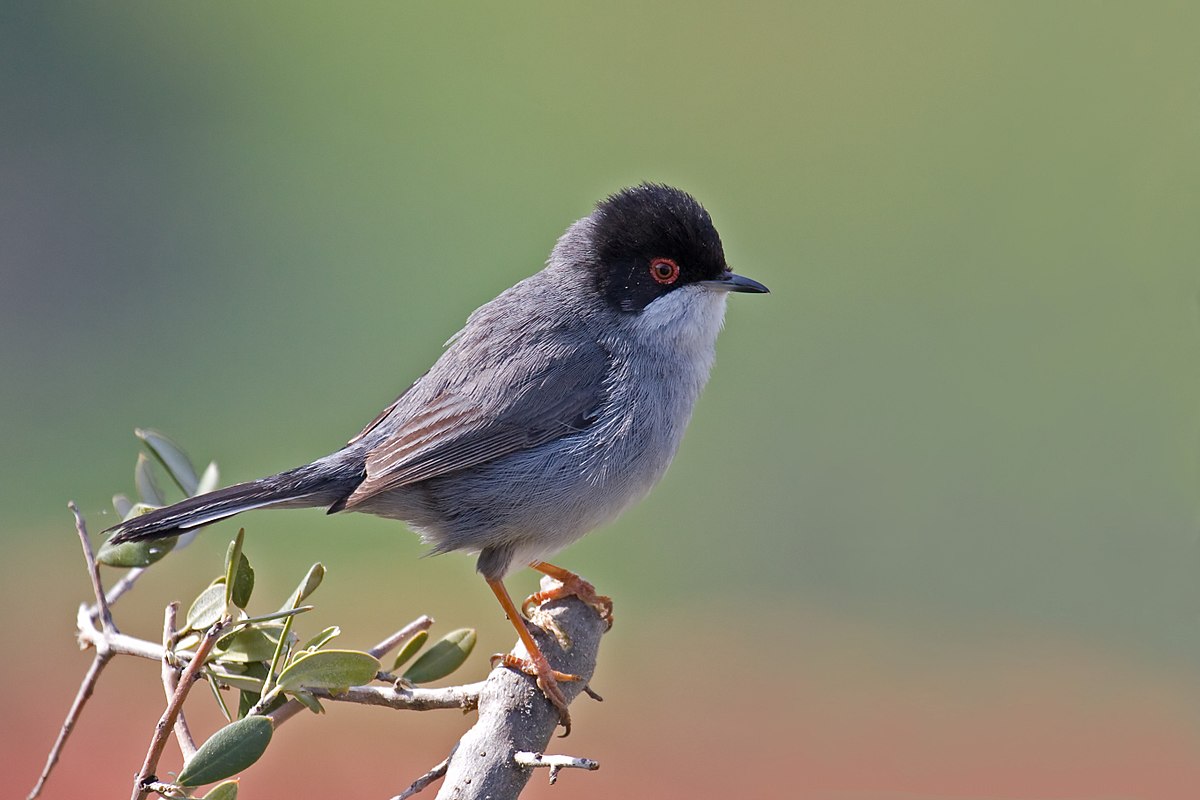
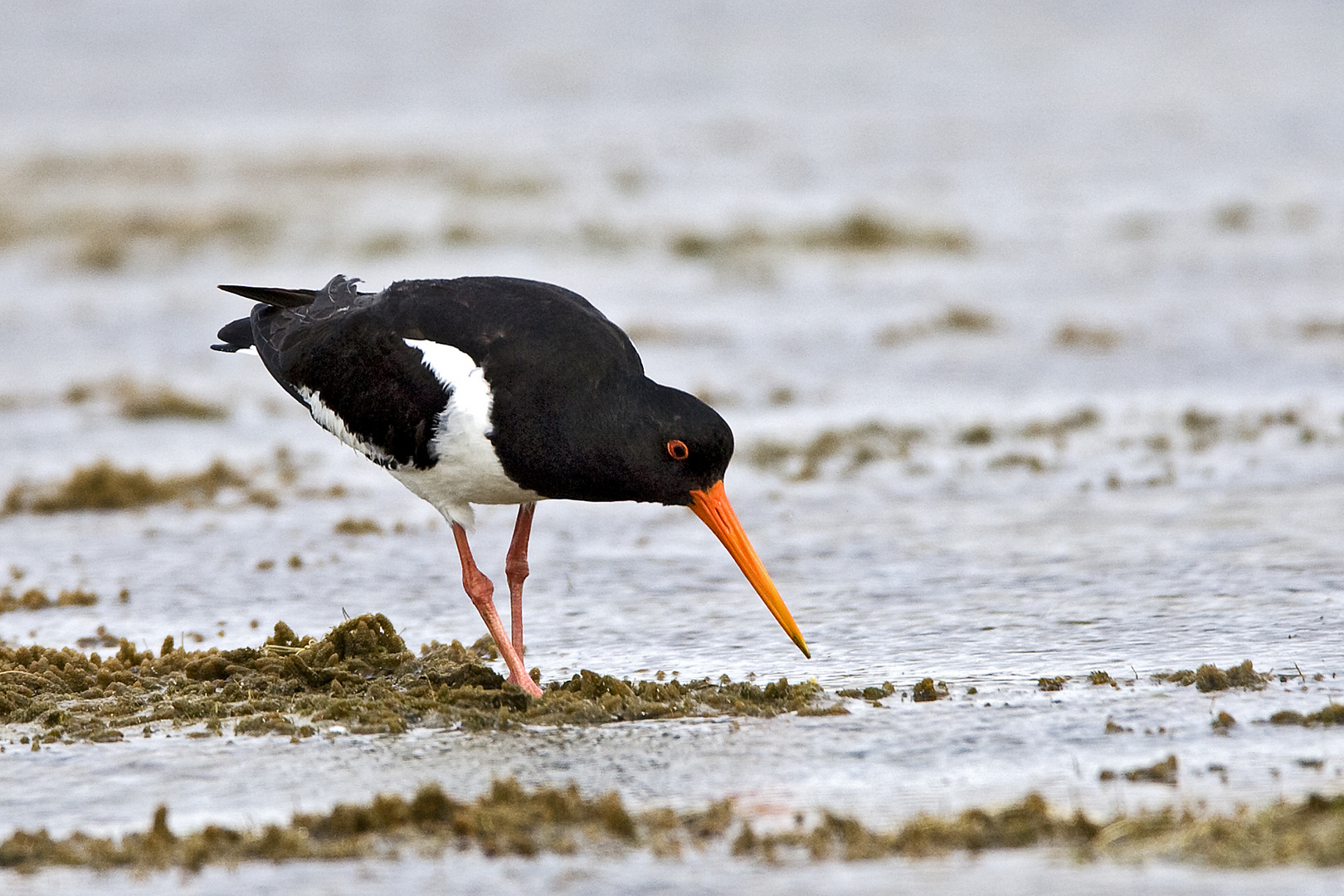
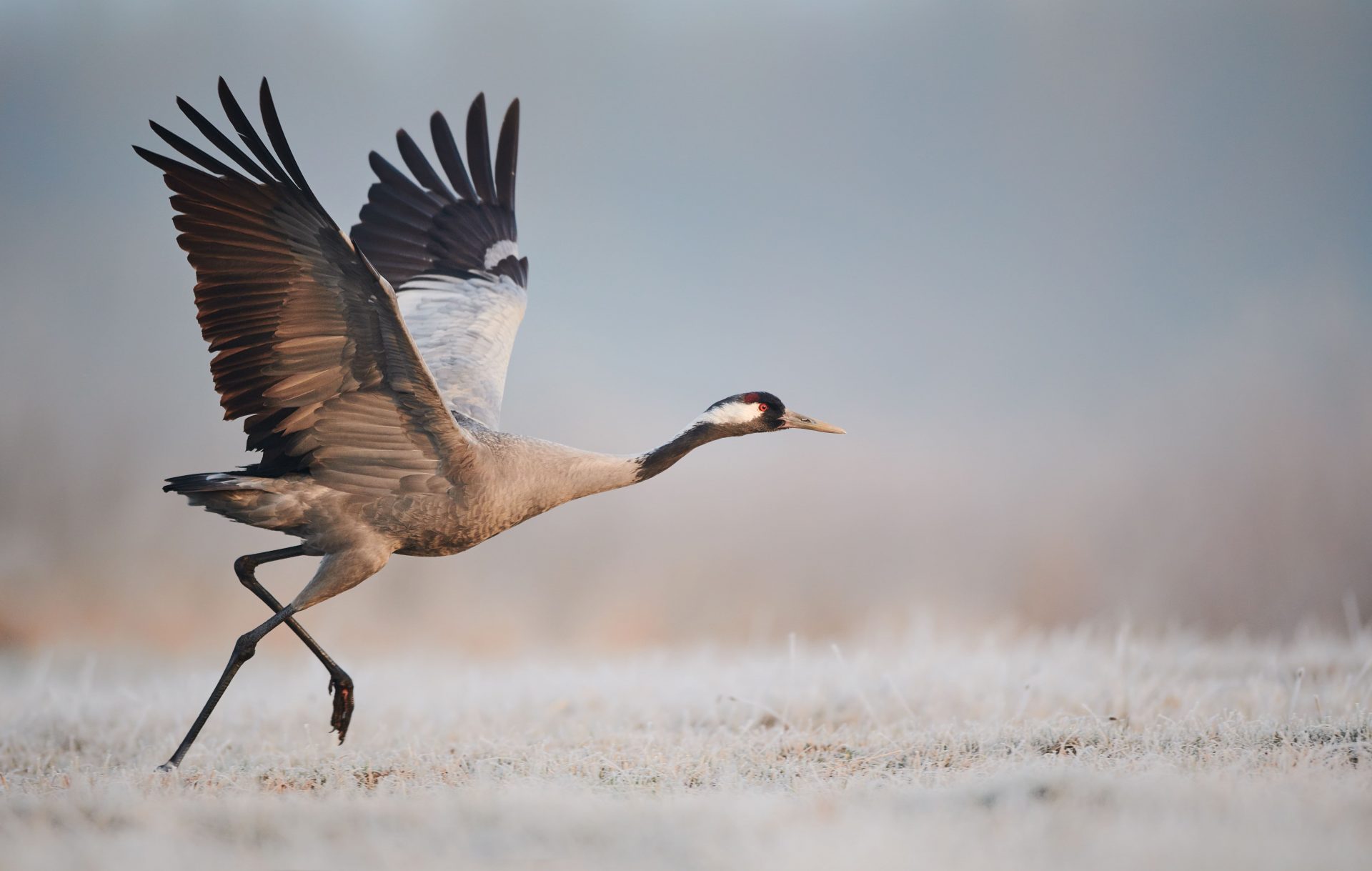
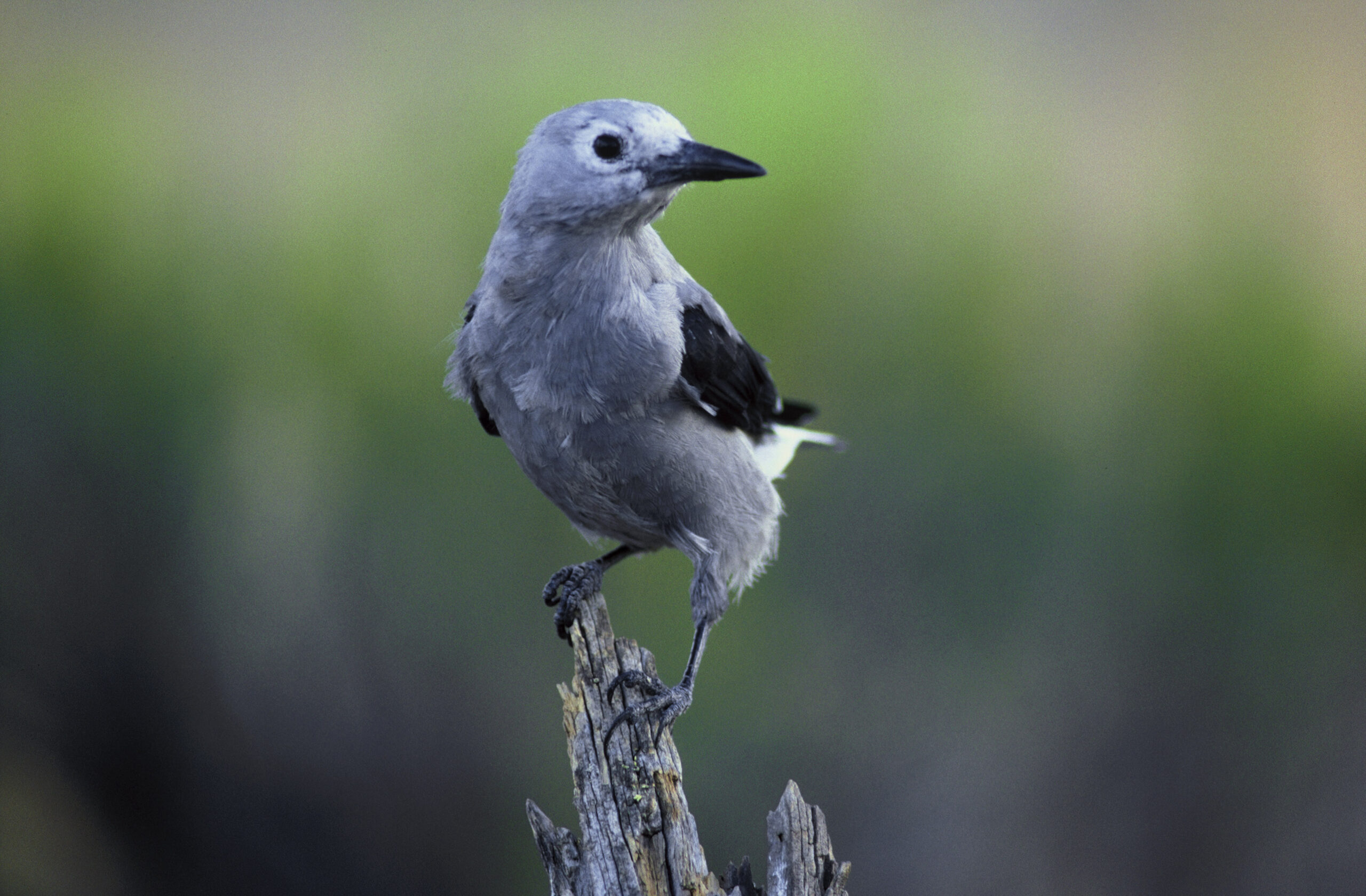
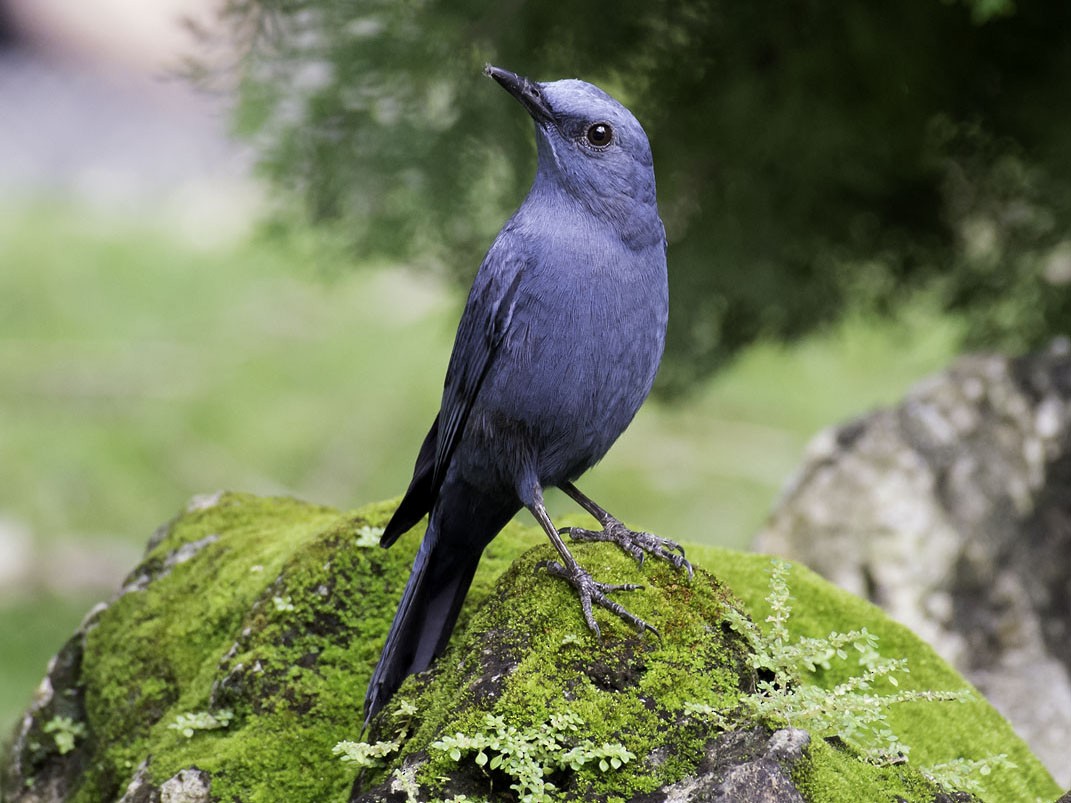
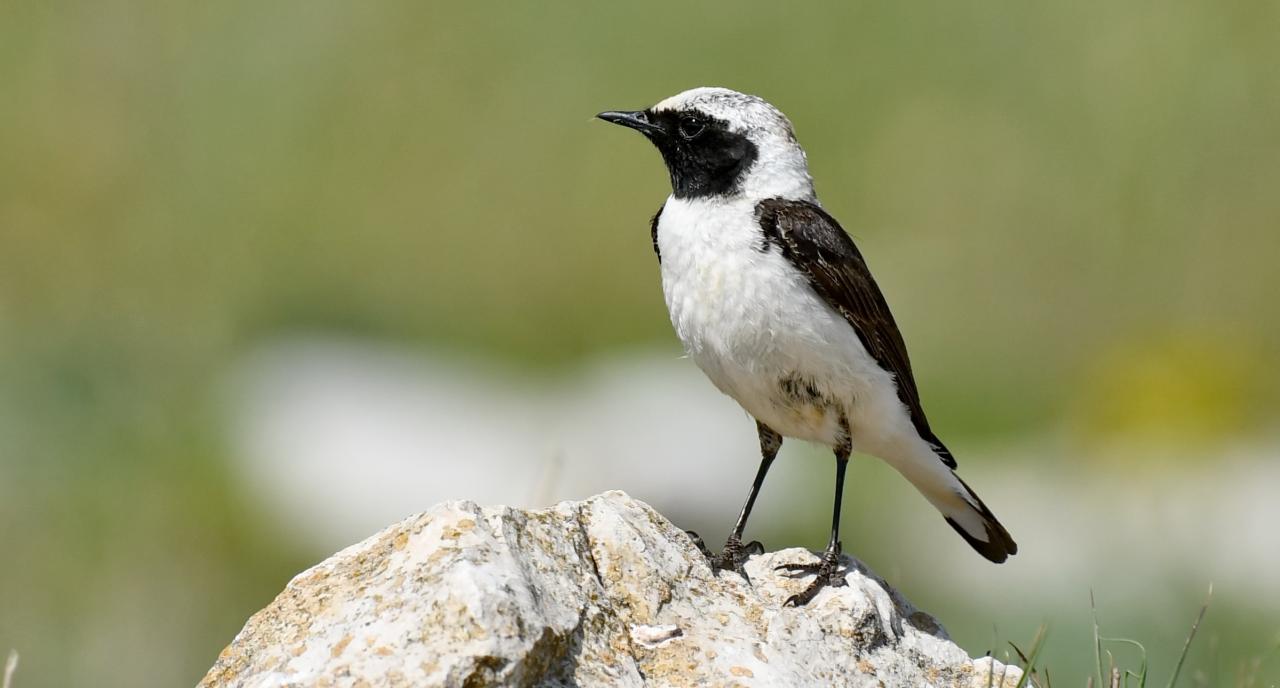

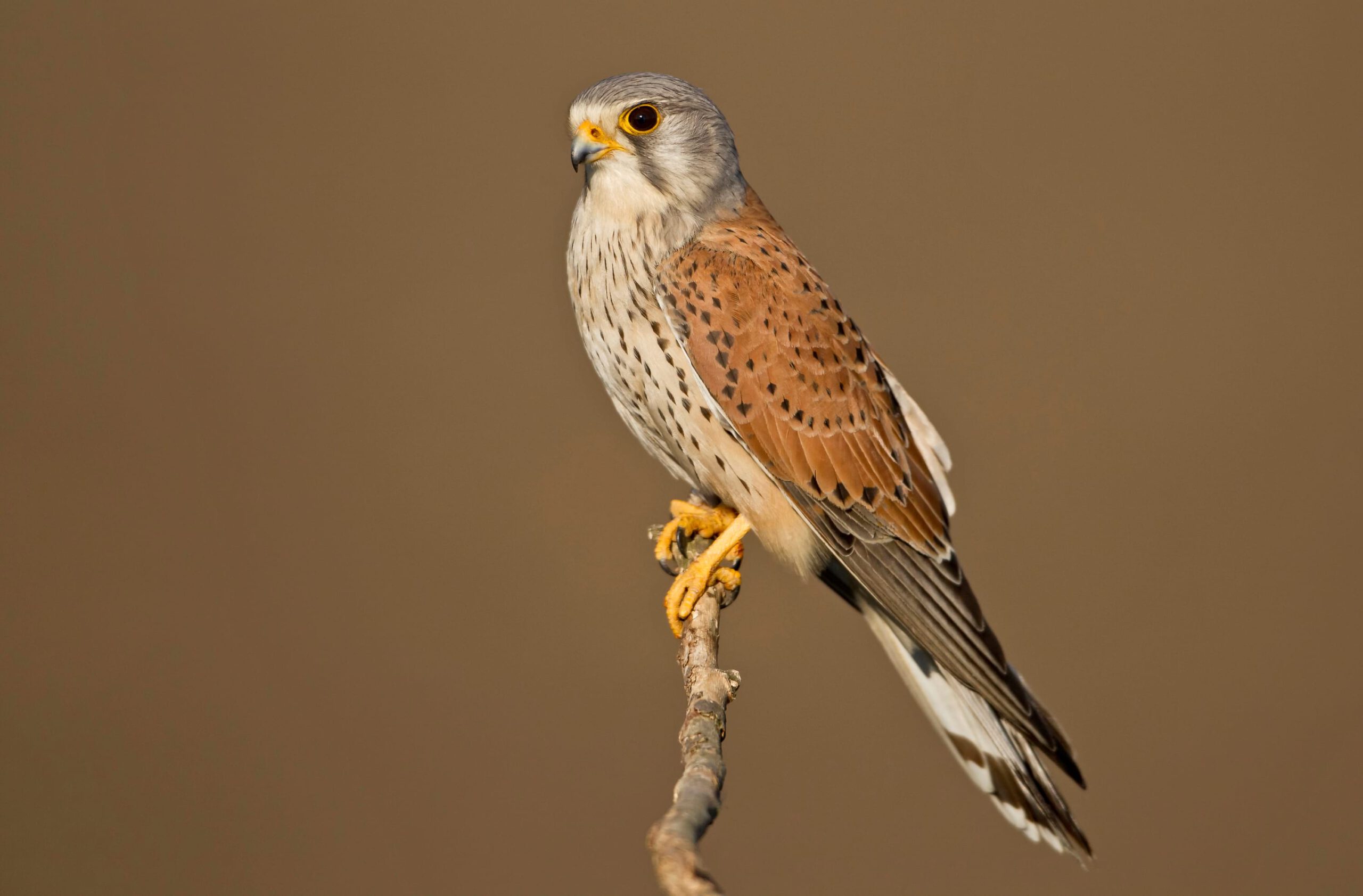
Find all the walls
15 walls
Place
14-16 Penpoll Road,London
Fresque
Hummingbird by Claire Ward ThorntonPar
Claire Ward-ThorntonOiseau
Ruby-throated HummingbirdPlace
Aknīste – Gārsene – Ausmas,LV-5218 Gārsene,
Lettonie Zemgale
Fresque
Black storksPar
Anda LāceOiseau
Black StorkPlace
Bruxelles BelgiqueFresque
Turtle DovePar
Aurore VegasOiseau
European Turtle DovePlace
Jarrestraße 20,22303 Hamburg,
Allemagne
Fresque
COMMON KESTRELPar
Hanadi ChawafOiseau
Common KestrelPlace
Lisbonne,Portugal
Fresque
Vulture & EaglePar
Tatiana SaumOiseaux
Spanish Imperial Eagle, Cinereous Vulture.Place
Kišpatićeva ul. 12,10000,
Zagreb,
Croatie
Fresque
Common KingfisherPar
Chez 186Oiseau
Common KingfisherPlace
1 Boulevard de Dresde,67000 Strasbourg,
France Grand Est
Fresque
Eurasian CurlewPar
Philippe BaudelocqueOiseau
Eurasian CurlewPlace
Tabor,1000 Ljubljana,
Slovénie
Fresque
Little TernPar
ŠkartOiseau
Little TernPlace
Roodborststraat 18,3083 WB Rotterdam,
Pays-Bas
Fresque
The European RobinPar
Marloes de KiewitOiseau
European RobinPlace
35 Rue du Général Leclerc92130 Issy-les-MoulineauxFresque
Five birds by MantraPar
MantraOiseaux
Common Kingfisher, Barn Swallow, European Goldfinch, Eurasian bullfinch, Lesser Spotted Woodpecker.Place
Place Seigneur de Monlezun,Sempesserre
Fresque
The Red PartridgePar
Adèle RenaultOiseau
Red-legged PartridgePlace
Ss Cyril & Methodius 44,Skopje 1000,
Macédoine du Nord
Fresque
Egyptian VulturePar
Dorotej NeshovskiOiseau
Egyptian VulturePlace
2 Place des Marseillaises,Marseille
Fresque
6 Mediterranean and American birdsPar
FikosOiseaux
Eurasian Hoopoe, Western Black-eared Wheatear, Blue Rock Thrush.Place
299 Avenue de l’Adour,Anglet
Fresque
11 migratory birds of the Basque coastPar
MioSHeOiseau
Common cranePlace
84 Rue du Chemin Vert,Boulogne-sur-Mer
